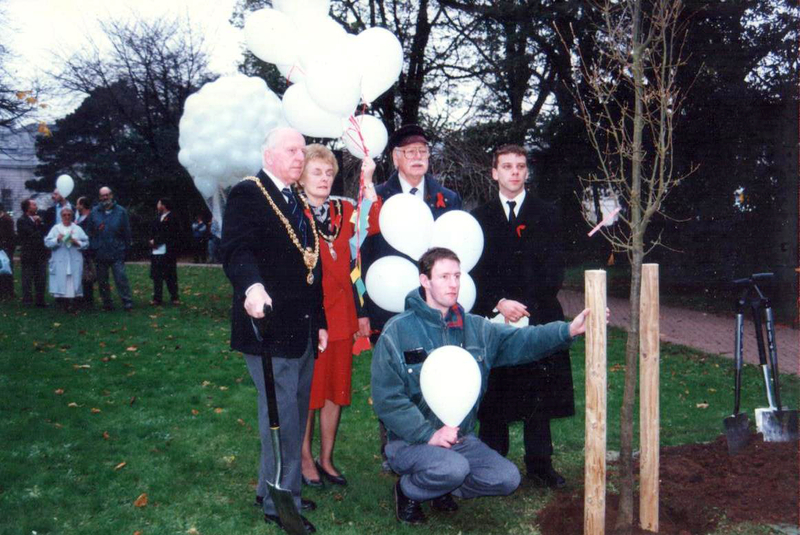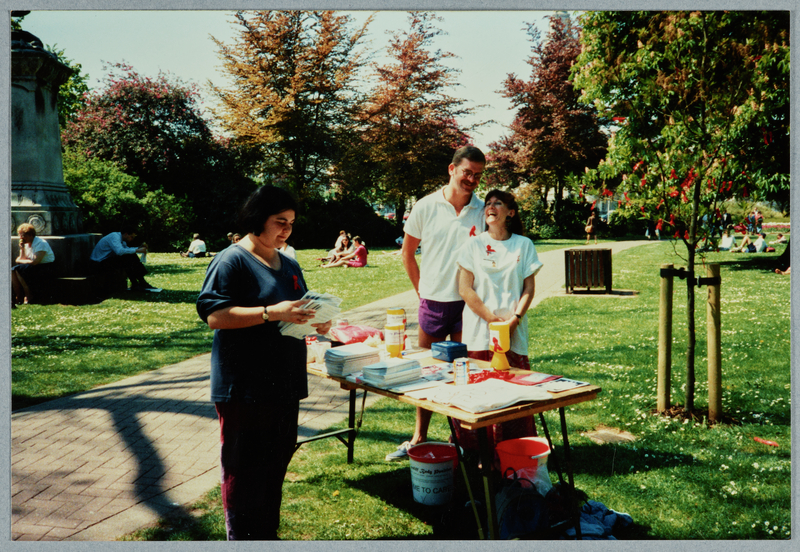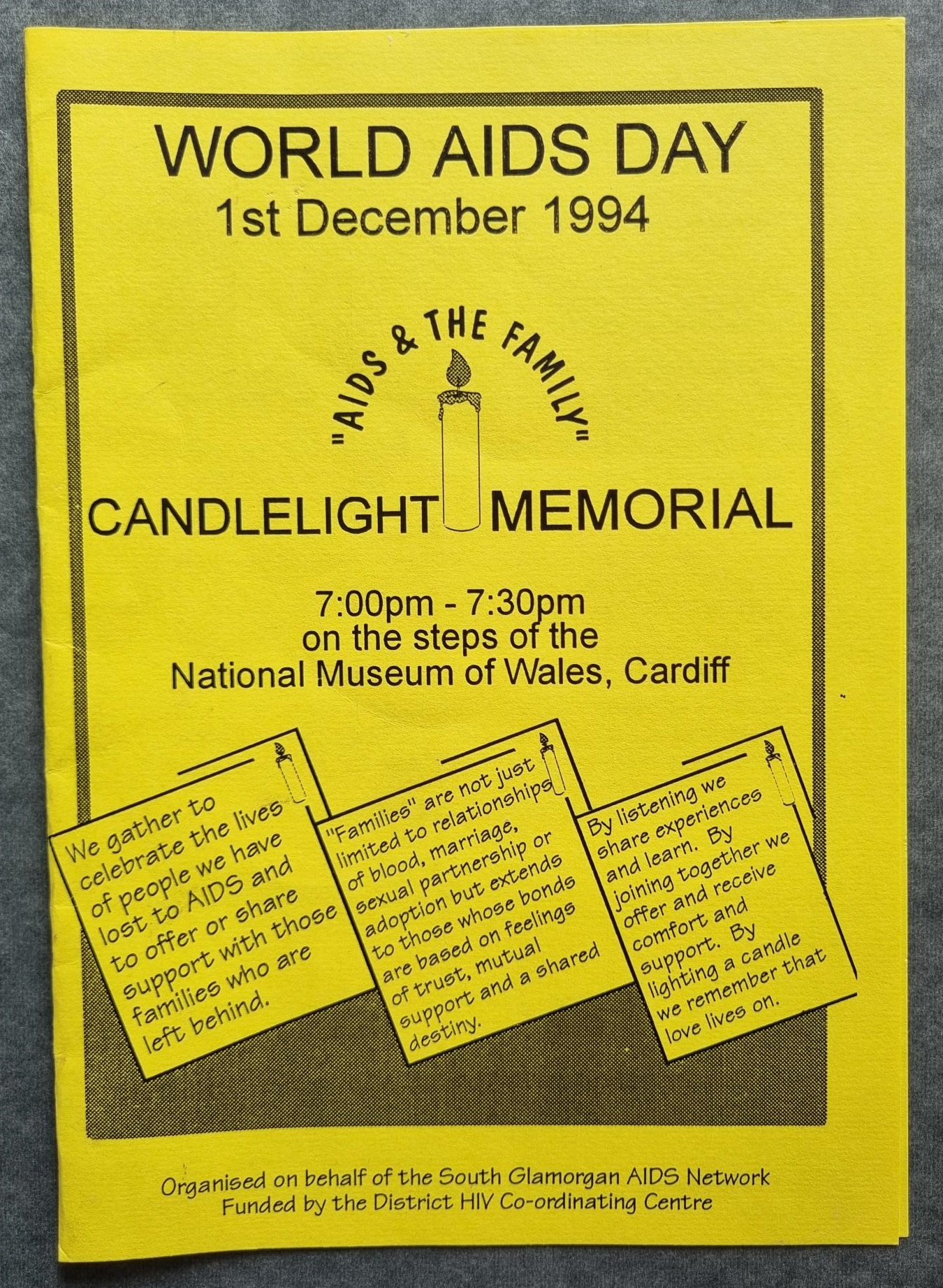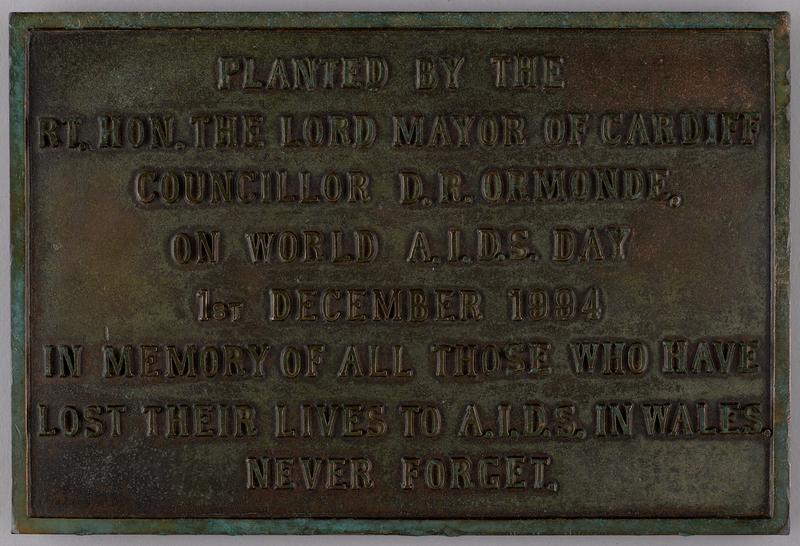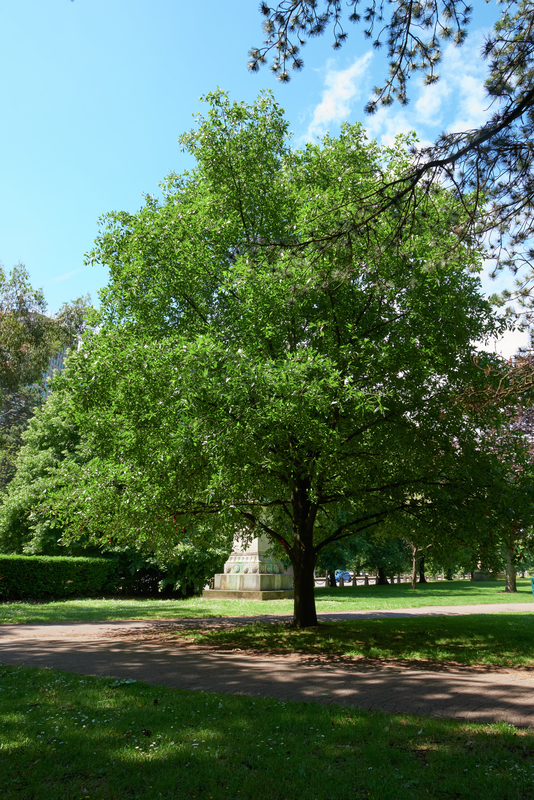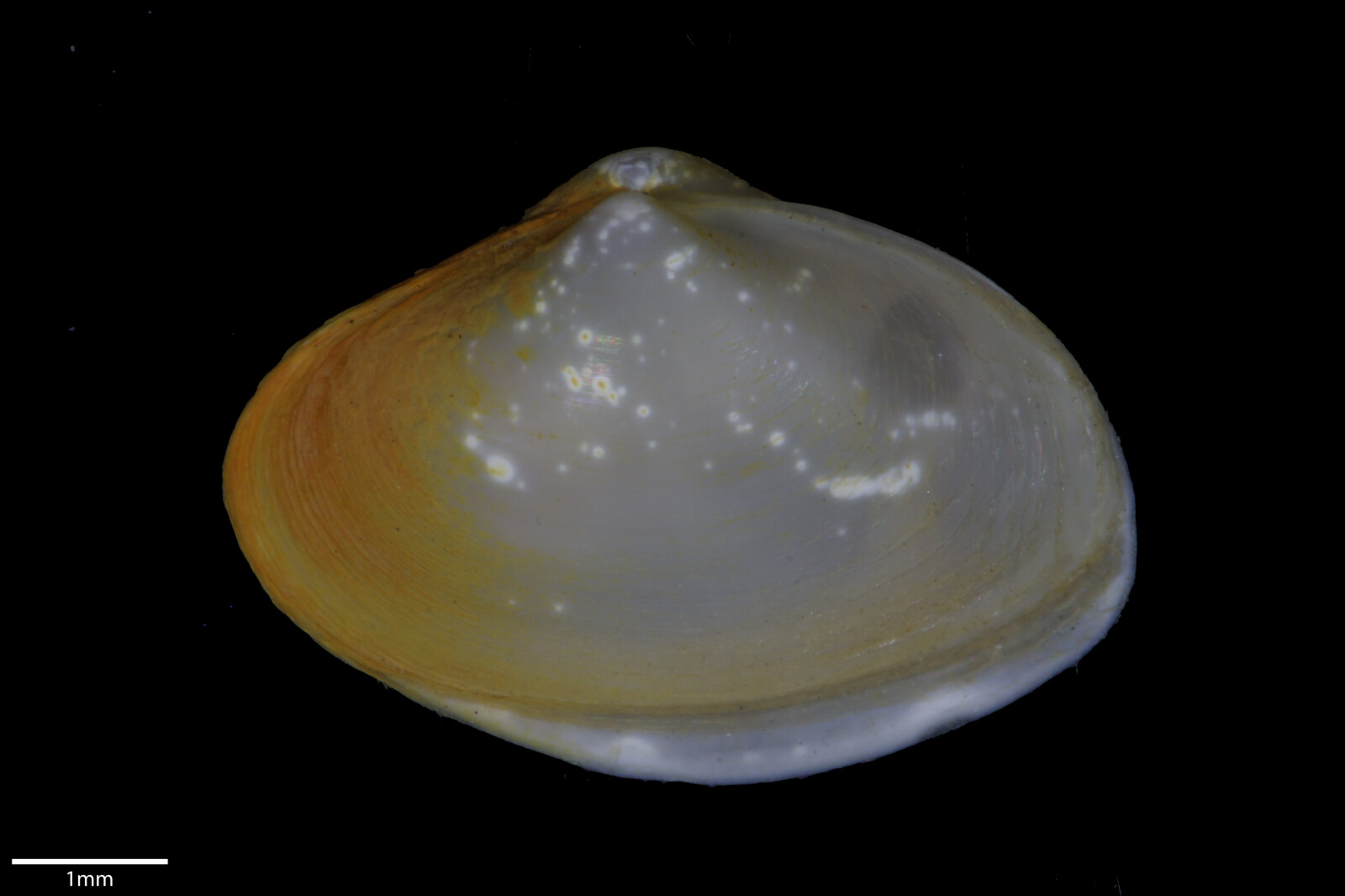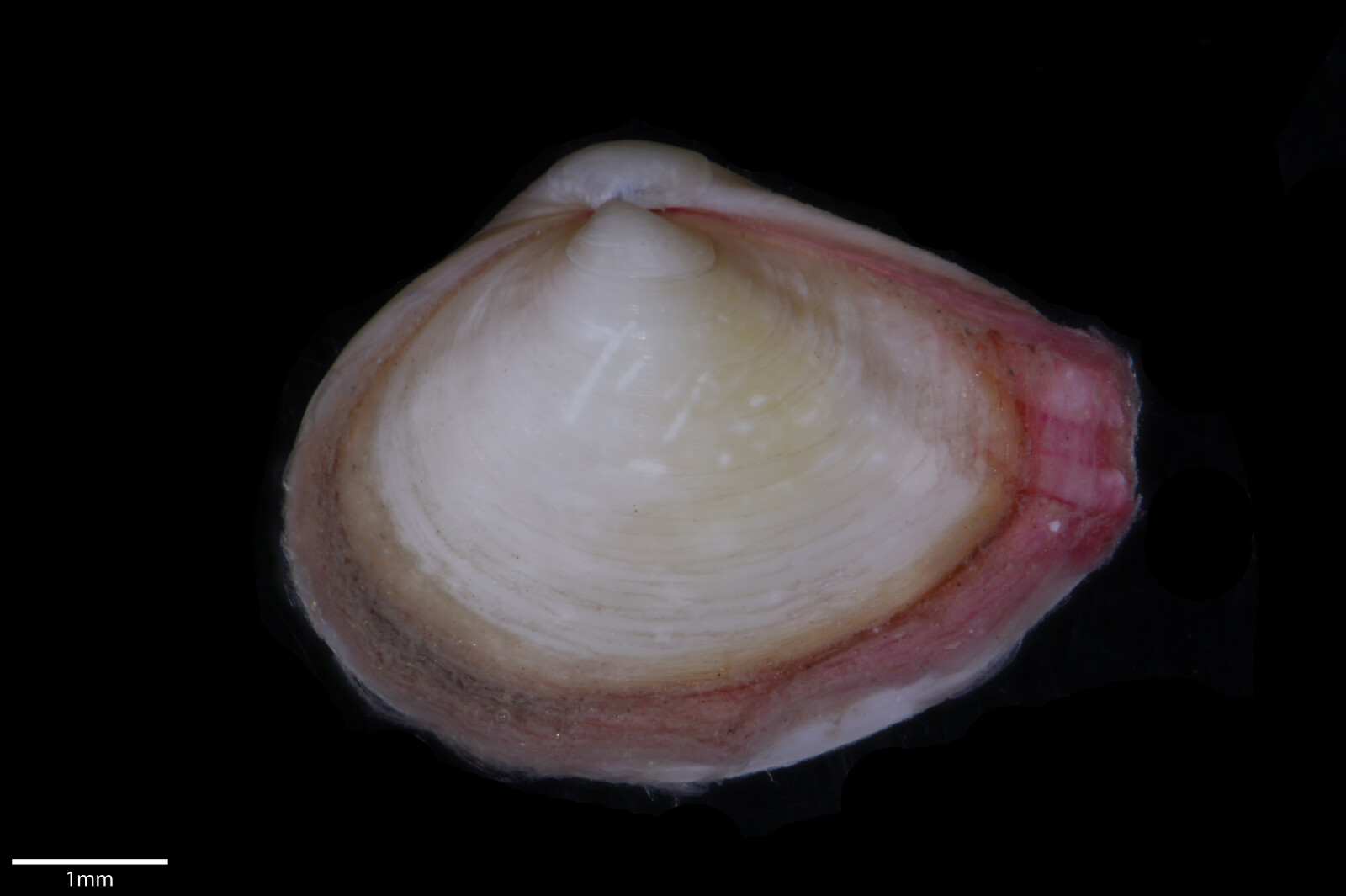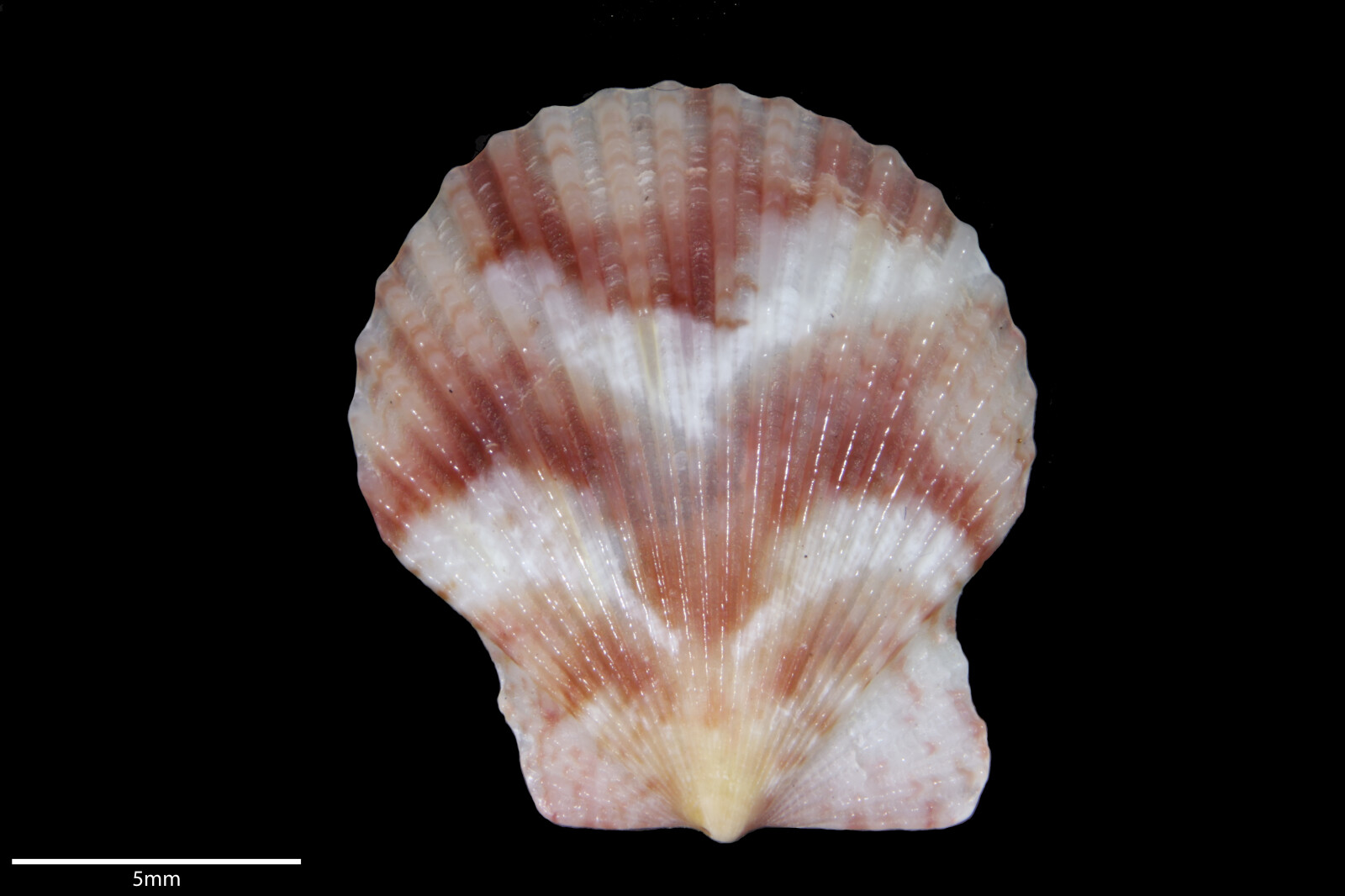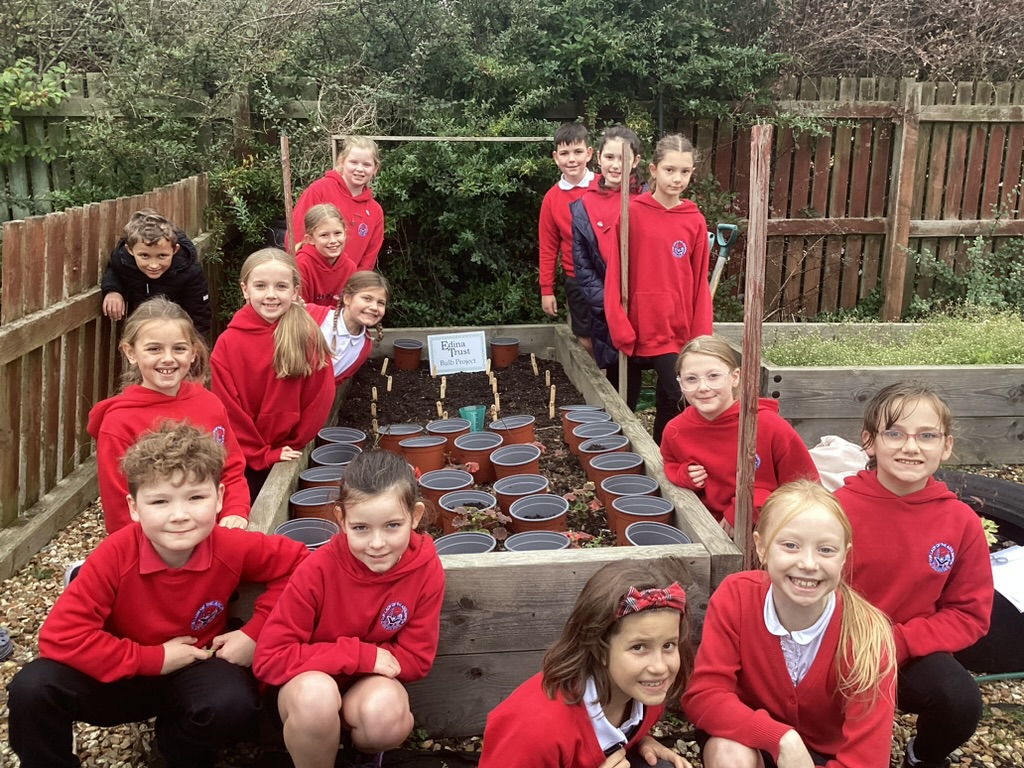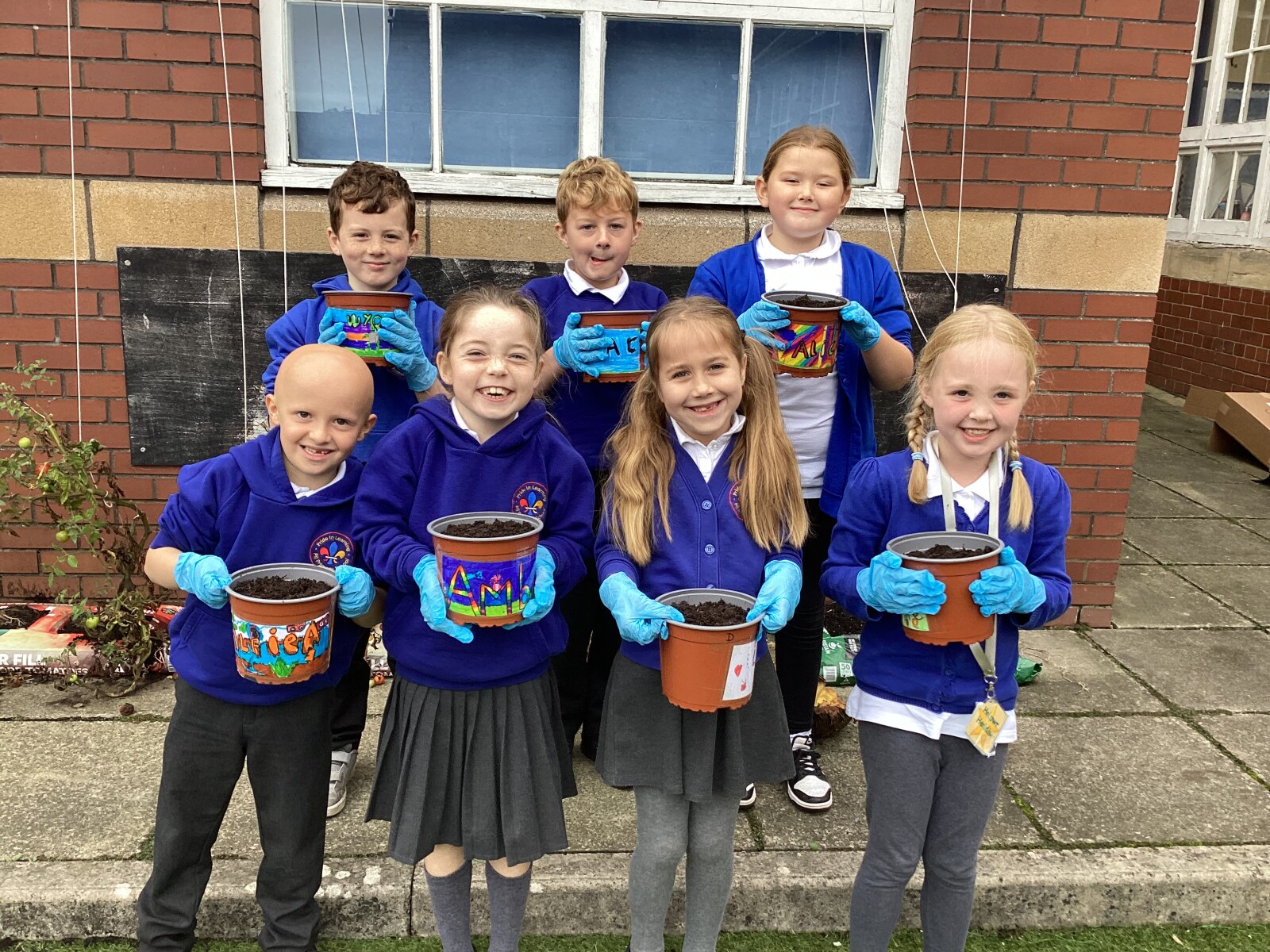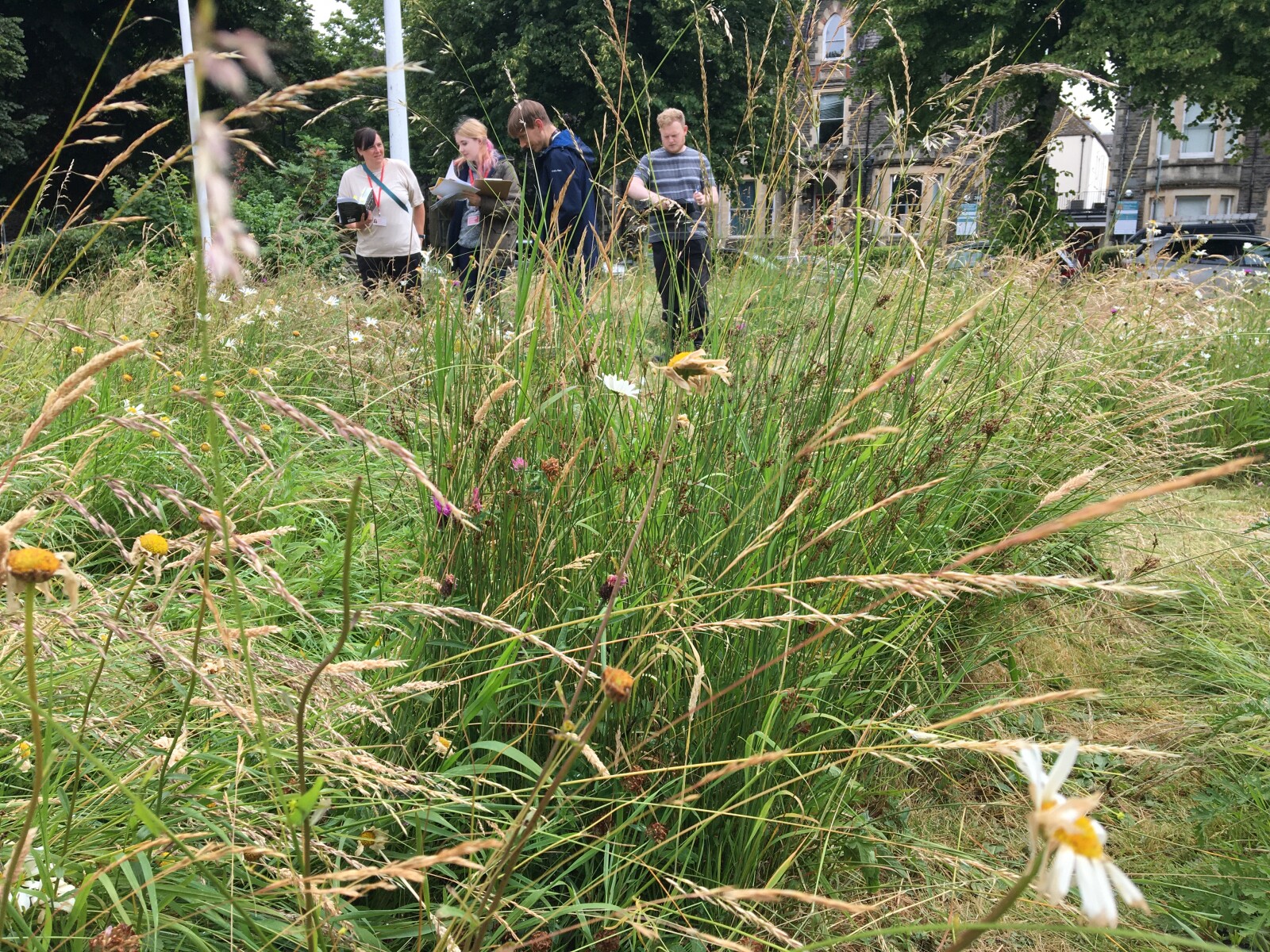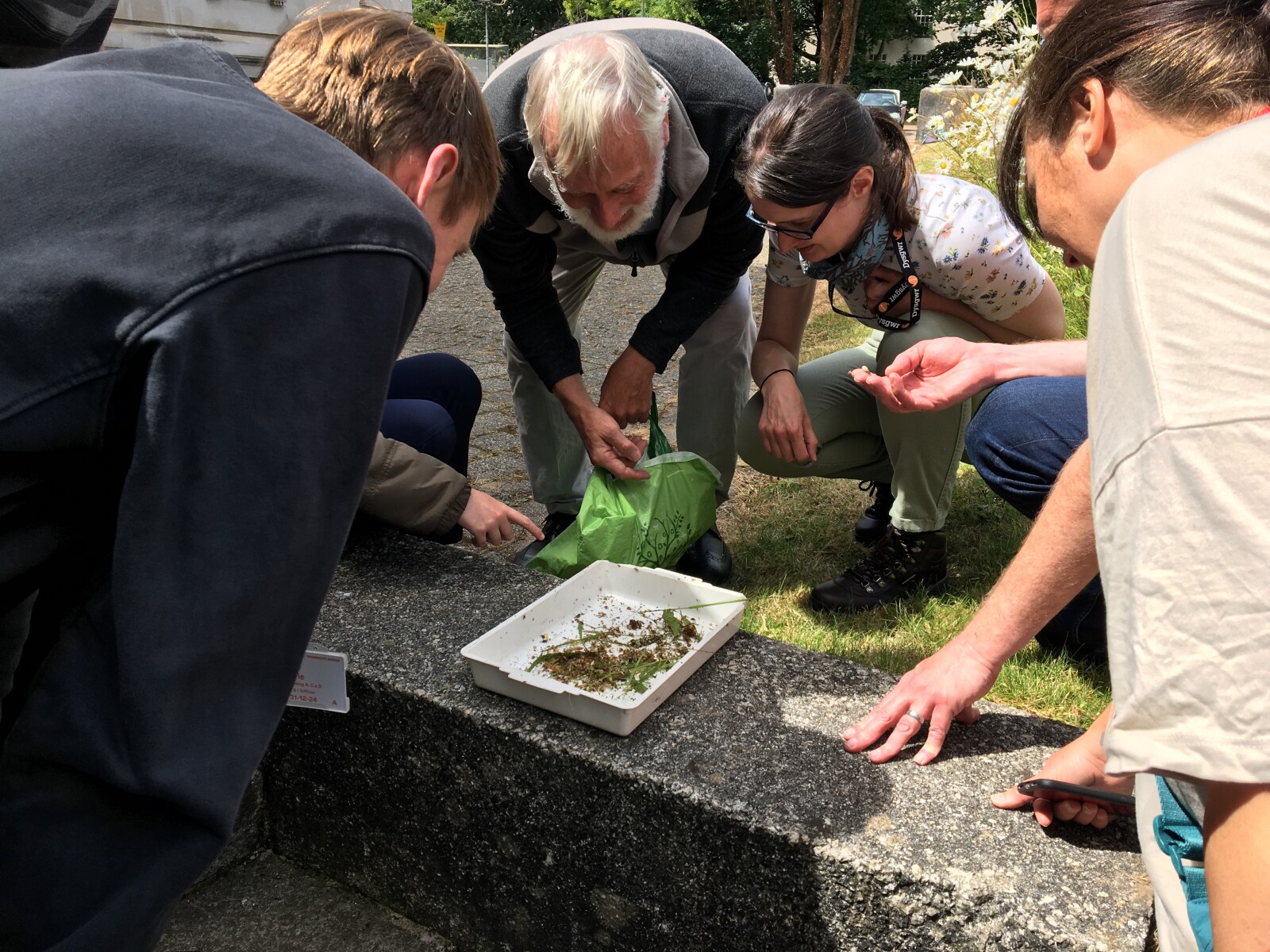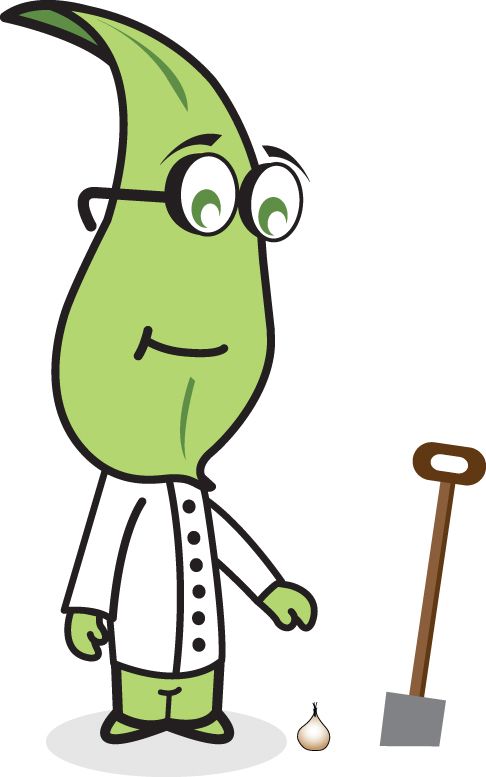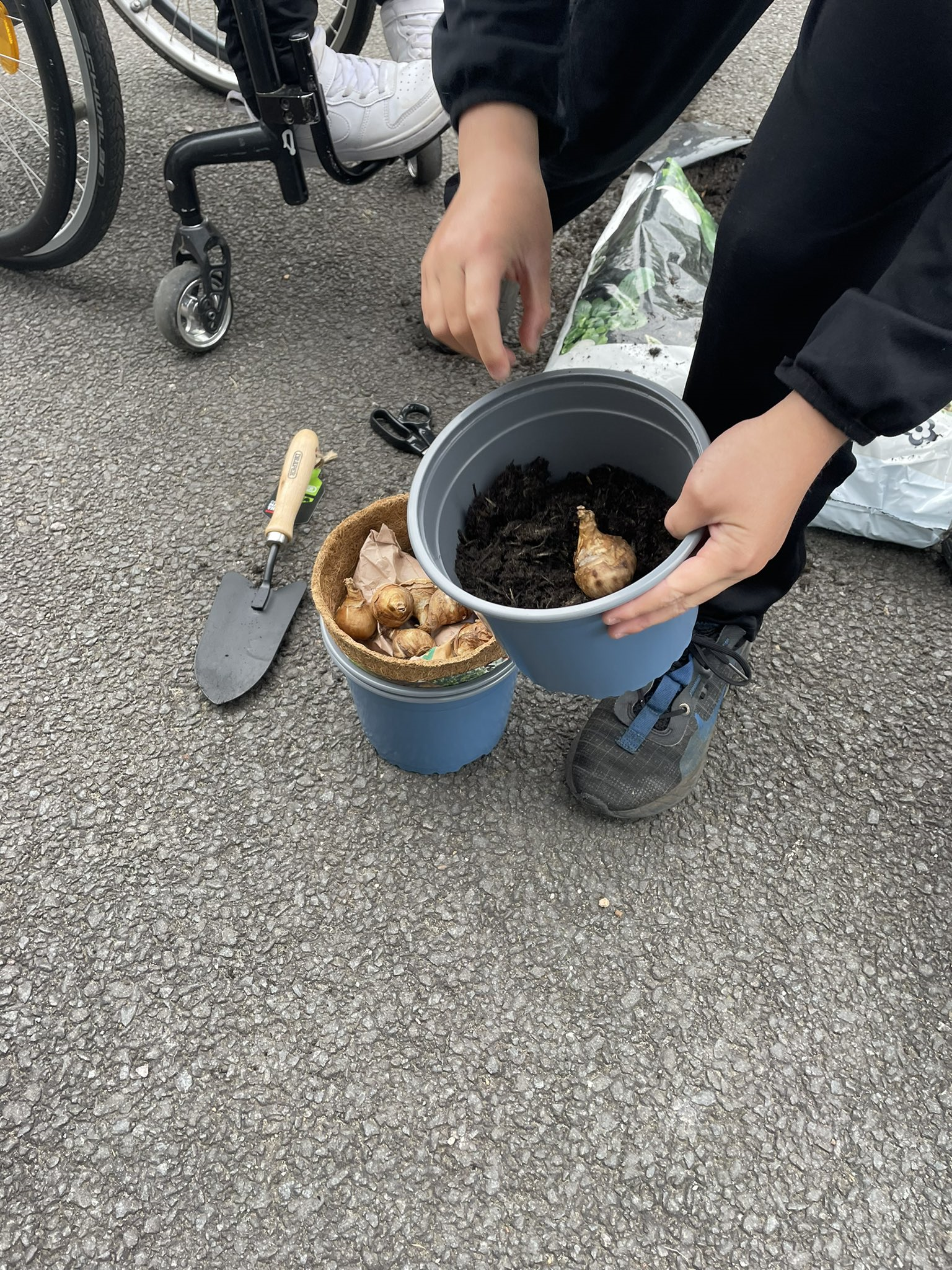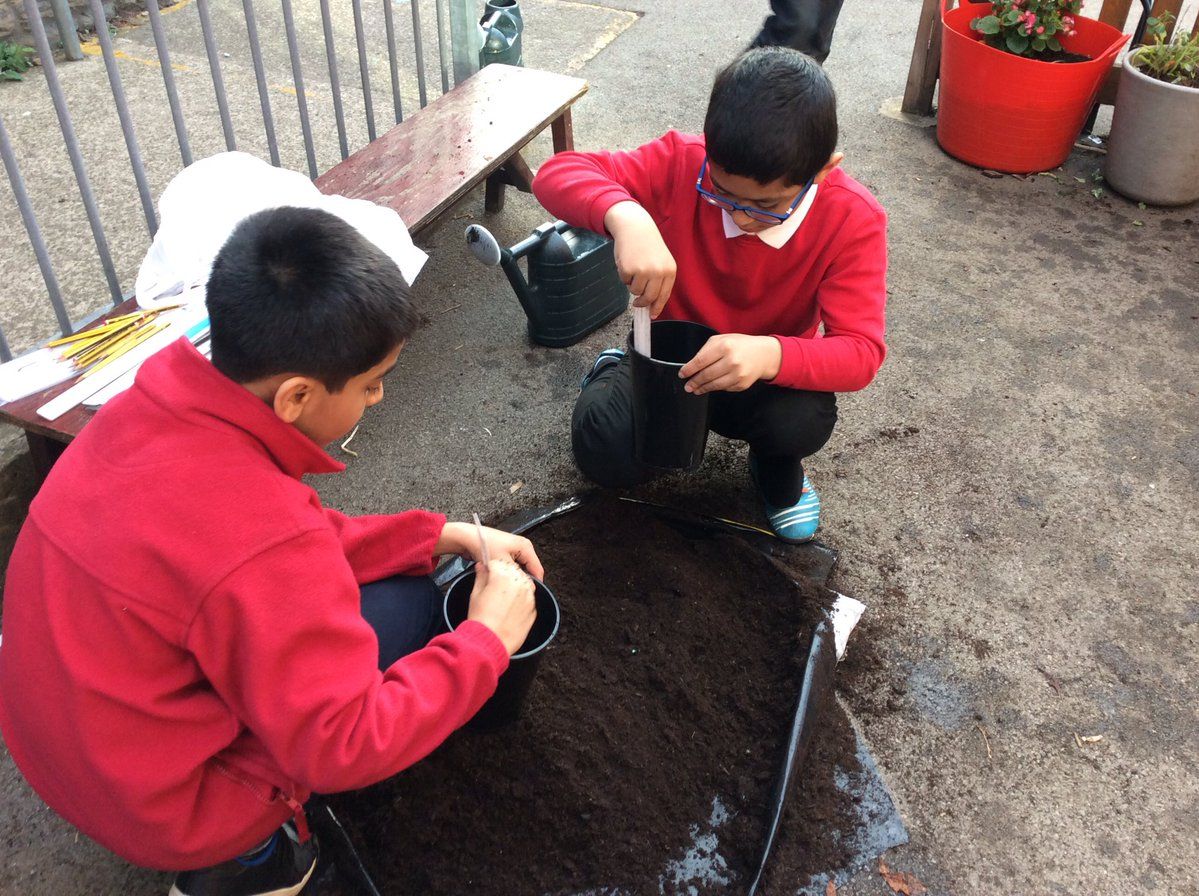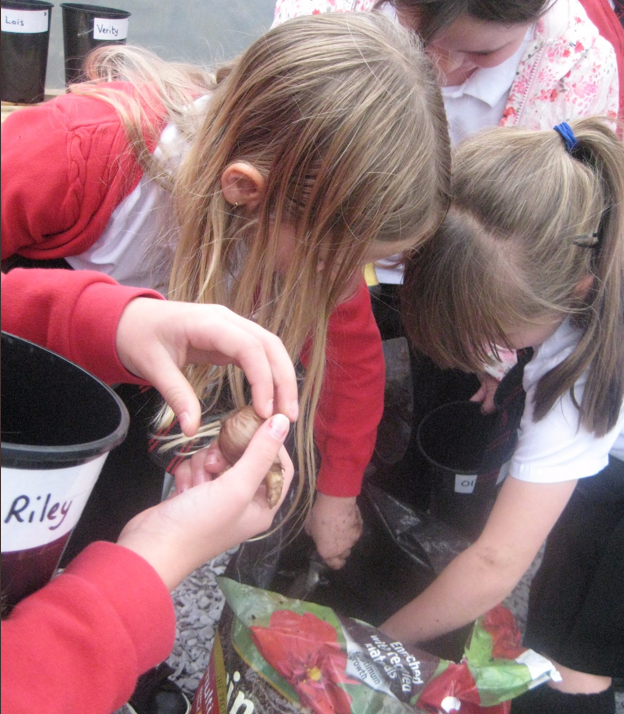World AIDS Day 1 December
, 27 November 2024
On the 1 December 1994 a tree was planted in the Gorsedd Gardens in front of National Museum Cardiff.
The tree was planted on World AIDS Day 1994 as a memorial to those who have died of AIDS in Wales. Since its planting it has been known by a few different names including the Tree of Life and the Red Ribbon Tree, and has become the focus for yearly World AIDS Day commemorations on 1 December each year, with people attaching red ribbons to the tree.
The tree was planted by Mike Phillips and Martin Nowaczek (co-founders of Cardiff Body Positive), along with the Lord Mayor and Lady Mayoress of Cardiff. At the planting a balloon was released for all those who have died of AIDS in Wales. By the end of 1994 (the year the tree was planted) there had been 10,304 reported AIDS cases and 7,019 known deaths in the UK (with 141 cases and 118 of these deaths in Wales).
Speaking about the planting of the tree Mike recalls that “I was around 25 when we planted the Red Ribbon Tree. We’d opened the Cardiff Body Positive drop-in-centre the previous day and Martin, already ill, was feeling tired. He died less than 6 months later”.
The plaque next to the tree was rededicated in 2021 and the original plaque donated to St Fagans National Museum of History. It was displayed at St Fagans in 2022/23 as part of the exhibition Wales is… remembering Terrence Higgins.
The Cardiff Body Positive collection recently donated to Amgueddfa Cymru is closely associated with the tree as its co-founders Mike and Martin planted the tree in 1994.
Cardiff Body Positive was founded in 1993 and were based at 57 St Mary Street, Cardiff. It supported people living with HIV and AIDS from across Cardiff and south Wales, and was one of a number of Body Positive groups around the UK. Their drop-in centre opened the day before the Tree of Life was planted, and they later organised what they called a ‘Celebration of Life’ at the tree – celebrating the lives lost to AIDS and showing solidarity and support to those living and affected with HIV/AIDS. The Cardiff Body Positive newsletters in the collection contain some obituaries for those who died of AIDS in Wales including its co-founder, Martin.
Cardiff AIDS Helpline was also operating about this time as well as the South Glamorgan AIDS Network. It was Cardiff AIDS Helpline that organised the first Candlelight Memorial to be held in Wales, which was held on 1 December 1993 on the steps of National Museum Cardiff, with almost 600 people attending. They held another World AIDS Day Candlelight Memorial in 1994 on the evening following the planting of the tree.
Today there is still no cure for HIV, but effective treatment now means that people with HIV can’t pass the virus on and can live long and healthy lives. The Welsh Government HIV Action Plan as well as organisations and networks such as the Terrence Higgins Trust, and Fast Track Cymru are working towards preventing new infections and eliminating stigma by 2030.
